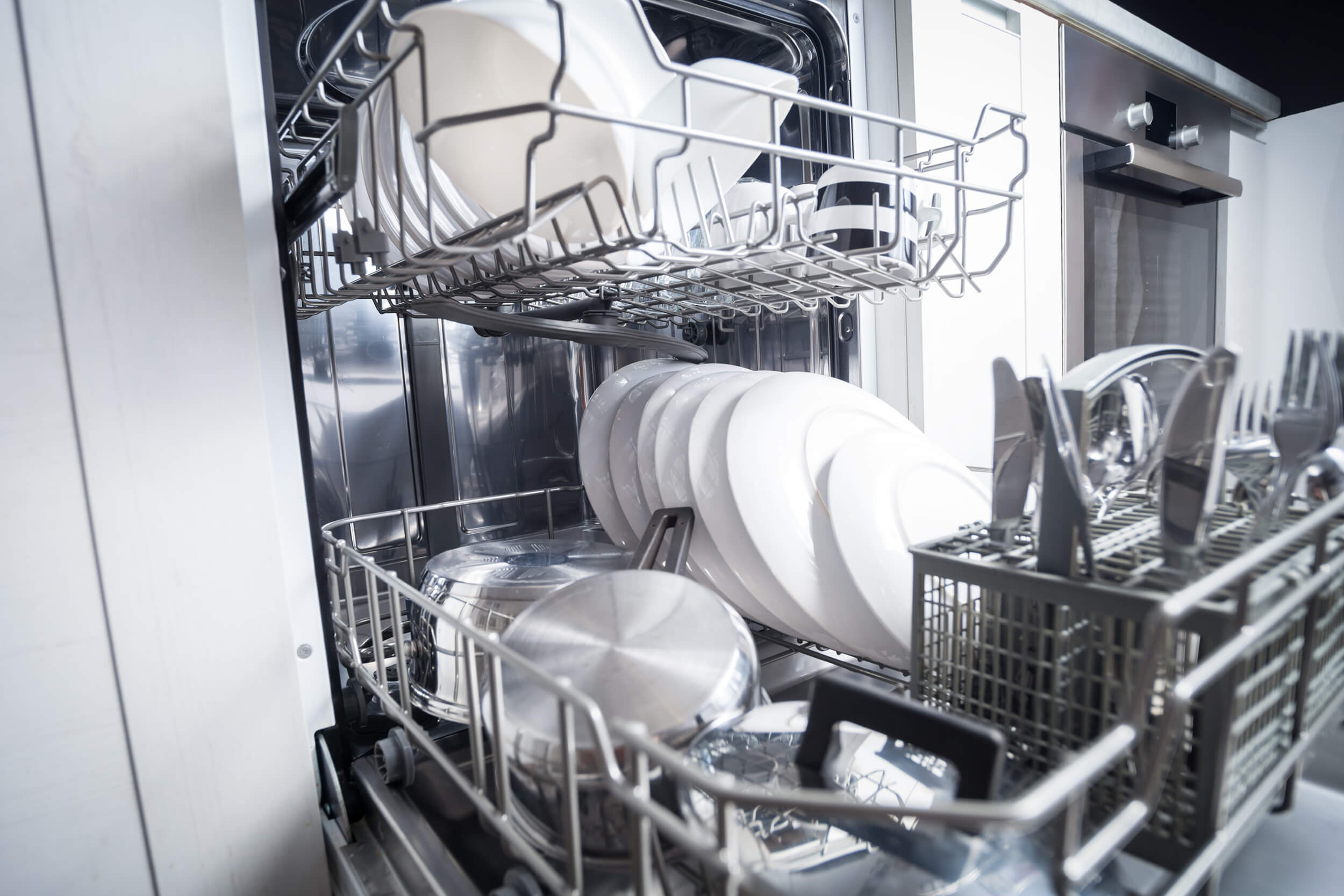The final few weeks of 2015 proved busy ones for new national appliance and equipment standards

The final few weeks of 2015 proved busy ones for new national appliance and equipment standards. The Department of Energy (DOE) completed the biggest energy-saving standard in agency history, along with several important but lower-profile standards which will collectively yield large energy and economic savings. Some of them point the way to much larger future savings. Looking ahead, 2016 looks to be another big year for saving energy and money with improved standards.
Savings add up
In total, DOE completed or proposed new standards for eight product categories in the closing weeks of 2015. The new commercial rooftop air conditioner standards, a product of a DOE-convened negotiated rulemaking process, made headlines with historic savings levels. But the other seven proposed or final standards also achieve significant savings, adding up to about 1.7 quadrillion Btus of savings over thirty years of product sales, or roughly enough energy to meet the needs of 9.5 million US households for a year. Savings are split among electricity (135 billion kWh in savings) and fossil fuels burned directly in appliances, mostly natural gas (about 440 trillion Btus in savings). DOE’s combined savings estimates for consumers of these products reaches about $9 billion after accounting for the slightly increased cost of more efficient products.
Medium to modest savings but big future potential
Let’s go back in time more than twenty years: a clothes washer final rule completed in 1991 set very modest standards, but also showed that large savings were possible by considering technology step-changes. Front loading washers, then already common in Europe but not yet designed for American preferences for shorter cycle times and larger loads, had the potential to dramatically reduce laundry energy and water use and provide as good or better washing performance. Fast forward to today. After two subsequent rounds of upgrades to standards, new clothes washers use 60-70% less energy and 40-65% less water than pre-1991 products. Even more interesting, even as front loaders have become more popular, top-loading products have achieved efficiency improvements approaching the performance of front loaders, technological improvements that no one predicted in the early 1990s.
Several products for which standards were recently completed or proposed could be the next clothes washer story. New standards for residential boilers and commercial furnaces modestly boost efficiency, but condensing technology could achieve ten times the savings of the recent final rules. European standards for boilers adopted last year have taken this step. Proposed ceiling fan standards achieve good-sized savings by requiring the efficiency performance from brushless permanent magnet motors for fans used in commercial and industrial facilities. Spreading that same energy-saving technology to most residential fans would more than double the savings from the proposed rule.
New standards for commercial and industrial pumps are a major accomplishment. As my colleague, Joanna Mauer, wrote in her post on the new pump standards, the rating system underlying the new standards, which were negotiated between industry and efficiency advocates, distinguishes variable speed products which can save up to 50% of pumping energy use in some applications. This rating system will provide a framework for utility programs and other efforts which could deliver savings many times larger than the new minimum standards.
For each of these products, although the direct savings from the recent standards are relatively modest, when combined they make a difference. Each points the way to larger savings down the road, through market-driven improvements, efficiency programs, future standards upgrades, or, most likely, some combination. Additional investments to improve these technologies to address barriers to their more widespread adoption will provide the basis for future efficiency progress.
Big opportunities in 2016
While we don’t expect to see any new standard break the record set by commercial air conditioners, 2016 still promises to be an extraordinarily productive one for new standards. With more than one-third of residential energy use dedicated to space cooling and heating, efficiency improvements for these products can yield huge national benefits. A negotiated rulemaking working group is now tackling residential air conditioners and heat pumps. Long-overdue standard upgrades for residential furnaces will finally be completed, helping to boost efficient use of natural gas. These standards build on the 2014 furnace fan standards which address furnaces’ electric energy use and take effect in 2019. This combination of new standards has the potential to provide big gains for how efficiently Americans heat and cool their homes over the next decade.
Another particularly promising standard under development will set the first-ever standards for commercial and industrial fans. A DOE-convened working group advanced work toward new standards in 2015, and we expect DOE to propose efficiency levels early this year. New standards for several other primarily residential products, including swimming pool pumps, dehumidifiers, battery chargers, portable air conditioners, ovens, and certain types of refrigerators, are also scheduled to be completed.
The standards expected in 2016 are sure to add substantially to the more than $1 trillion in consumer savings already being saved by standards, and help meet President Obama’s goal to reduce global warming emissions by three billion tons by 2030 through new standards. The year ahead promises at least as much progress for efficiency standards as the year just finished!





